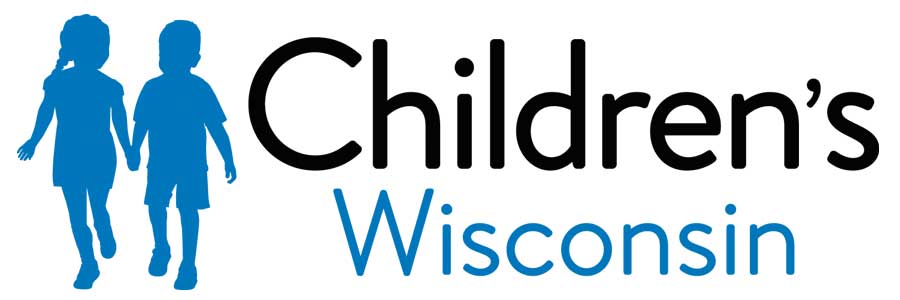Functional neurologic symptom disorder: Information for Caregivers and Parents (1939)
Key points below
What is it?
Functional Neurological Symptom Disorder (FNSD) is a condition that affects how our body moves and feels. The mind and body do not work together like normal. It happens when you are not able to cope well with stress.
The stress can be from:
- school, friends, family life, sports, or other areas in a person’s life.
- a past injury to their body.
- having a friend or family member who has the same symptoms.
These stressful events may have just happened or are from the past.
What are the symptoms of FNSD?
Symptoms may include:
- weakness or paralysis (unable to move a body part).
- changes in vision.
- tremors.
- problems swallowing.
- arms or legs shaking.
- a period of time when your child is unresponsive.
Your child cannot control these symptoms. The symptoms are real. They are not due to a medical issue or neurological (brain) problem. They often start when people cannot cope well. These symptoms can be scary. They make it hard to do normal activities. This includes doing school work and being with family and friends.
How is FNSD diagnosed?
A team of providers and special staff will assess your child. They will see how your child’s body is working. Tests and x-rays may be done. This will help make sure your child’s symptoms are not from an infection, injury, or medical issue. They will also see how they do normal activities, like walking, dressing, bathing, and eating.
A FNSD diagnosis is made when there is no neurological (brain) or medical issue. It is made based on:
- symptoms that happen in certain settings or with certain people.
- symptoms which cause withdrawal from daily activities.
- past traumatic events.
- what the team learned during the exam.
This diagnosis can be scary and confusing. Your child’s care team is here to answer questions and provide support.
What should I know to help my child?
Your child’s symptoms are real. Your child is not faking it. They are not making their symptoms happen on purpose.
- This is not anyone’s fault.
- There is no quick fix or medicine to stop your child’s symptoms. It will take work and time.
- Your child’s symptoms can be treated and healed.
- Your child and family will need to agree to treatment to help the symptoms get better.
How is FNSD treated?
Your child will see different specialists during treatment. One of the most important doctors to help your child is a psychologist. This doctor will help your child learn about and how their thoughts, feelings, and experiences can lead to their symptoms. They will also help you and your child make a plan for what to do when they have symptoms at home or school.
The goals of treatment are to have:
- less symptoms.
- milder symptoms.
- symptoms stop.
People with FNSD are often given medicine. The medicine helps to manage emotions. The treatment and medicine work together to best treat FNSD.
The neurologist will also be on your child’s care team. Your child’s psychologist will let this doctor know if there are any changes to your child’s symptoms.
What happens next?
The care team will provide you with a:
- School letter. This letter will help your child’s school understand FNSD and what to do for your child’s symptoms. Share this with them.
- Care Navigator. They will contact you. They will give your details about psychologists and community programs which treat FNSD.
What should I do if my child’s symptoms get worse?
Contact Neurology if your child has a change in symptoms or if symptoms get worse. Call Children’s Wisconsin Pediatric Neurology Clinic at 414-266-3464 or send a MyChart message.
